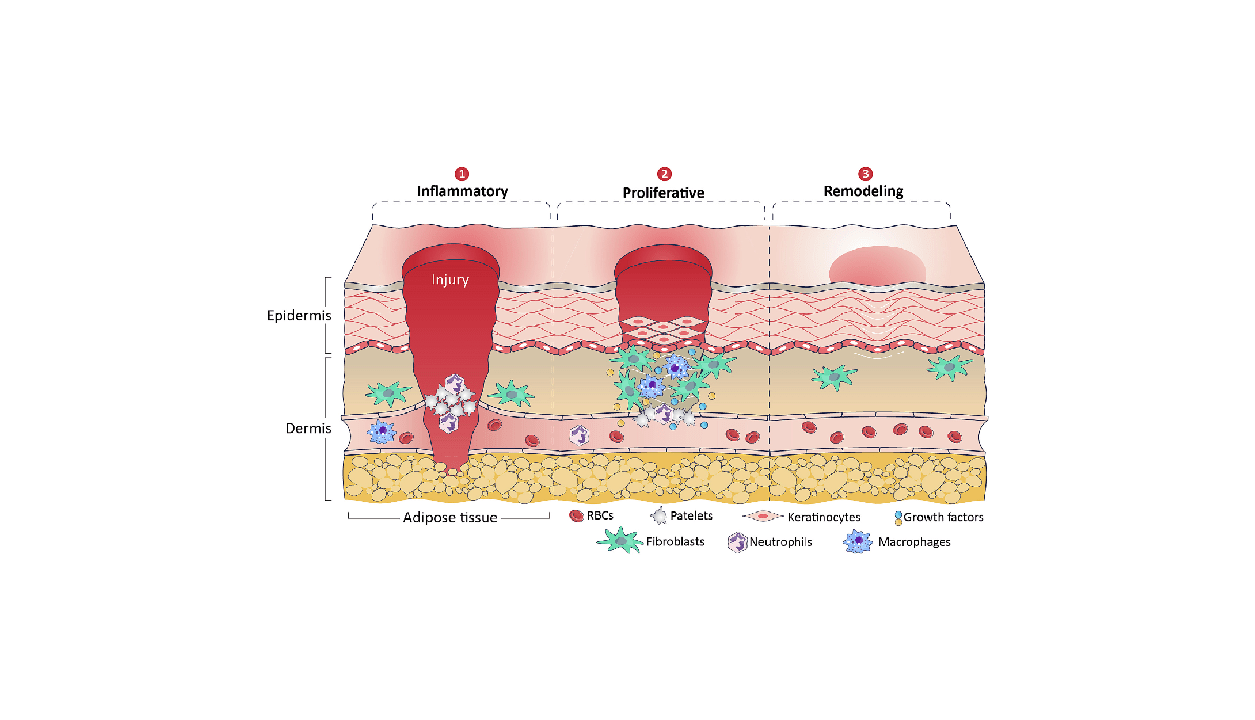Wound healing is a complicated process, especially when surgical, traumatic, burn, or pathological injury occurs, which requires different kinds of dressing covers including hydrogels, hydrocolloids, alginates foams and films for treatment. The human amniotic membrane (hAM) is a biodegradable extracellular matrix with unique and tailorable physicochemical and biological properties, generated by the membrane itself or other cells that are located on the membrane surface. It is noted as a promising aid for wound healing and tissue regeneration due to the release of growth factors and cytokines, and its antibacterial and immunosuppressive properties. Moreover, hAM has optimal physical, biological, and mechanical properties, which makes it a much better option as a regenerative skin treatment than existing alternative materials. In addition, this layer has a structure with different layers and cells with different functions, which act as a regenerative geometry and reservoir of bioactive substances and cells for wound healing. In the present work, the structural and biological features of hAM are introduced as well as the application of this layer in different forms of composites to enhance wound healing. Future studies are recommended to detect possible further functionalization to enhance the hAM effectiveness on wound healing
Advances and impact of human amniotic membrane and human amniotic-based materials in wound healing application

25
آذر
